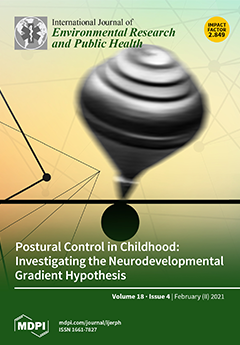Fractalkine (
CX3CL1) is a chemokine that plays a significant role in inflammation, one of the pathophysiological processes underlying end-stage renal disease (ESRD). Genetic factors are significantly involved in cytokine expression and have been studied as potential risk factors for chronic kidney
[...] Read more.
Fractalkine (
CX3CL1) is a chemokine that plays a significant role in inflammation, one of the pathophysiological processes underlying end-stage renal disease (ESRD). Genetic factors are significantly involved in cytokine expression and have been studied as potential risk factors for chronic kidney disease (CKD).
Objectives: We aimed to elucidate the association of
CX3CR1 gene polymorphisms rs3732378 and rs3732379 with the levels of
CX3CL1,
CX3CL1 receptor (
CX3CR1), as well as C-reactive protein (CRP).
Patients and methods: We enrolled 198 participants, including 106 patients with ESRD and 92 controls. Peripheral blood samples were collected from each patient for genetic (rs3732378 and rs3732379 polymorphisms) and immunoenzymatic (fractalkine,
CX3CR1, CRP) tests.
Results:
CX3CR1 and CRP levels were higher in patients with ESRD than in controls (
p < 0.05). Fractalkine levels were significantly higher in ESRD patients who were homozygous for the G allele of the rs3732378 polymorphism and for the C allele of the rs3732379 polymorphism than in homozygous controls. Moreover, carriers of these alleles among patients with ESRD had significantly higher
CX3CR1 levels than controls.
Conclusions: The G allele of the rs3732378 polymorphism and the C allele of the rs3732379 polymorphism of the
CX3CR1 gene are associated with higher
CX3CL1 and
CX3CR1 levels. Our study suggests that
CX3CR1 gene polymorphisms could be potentially involved in the pathogenesis of ESRD, but the study needs to be replicated in a larger population with a longitudinal follow-up study. Identification of genetic factors associated with inflammation in ESRD may contribute to the development of targeted gene therapies in the future.
Full article





